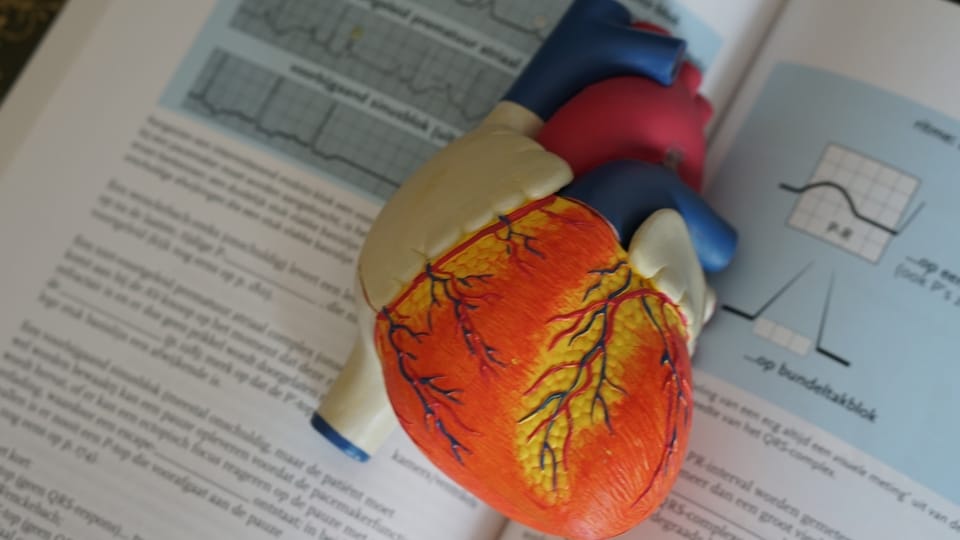We are made up of cells. Trillions of them. All the mature human cells in the body that perform different jobs come from a much smaller number of immature cells known as stem cells. The Mayo Clinic defines stem cells beautifully, as “the body’s raw materials – cells from which all other cells with specialized functions are generated.”
Even if you don’t know about stem cells, you’ll be able to guess why they’re an exciting area of research in biology and medicine. Stem cells can be coaxed into differentiating into different kinds of cells. They can then be grown in the lab into tissues that can be studied to see how diseases develop when something goes wrong. Because the tissues made of cells that come from stem cells are “young”, they also hold promise in regenerative medicine as replacements for ageing and diseased tissues.
Generally, once cells mature to form the skin, brain, or lungs, for example, they don’t turn the clock back and turn into their precursor stem cells. The mature cells that are part of the muscle of your heart do not become neurons, and that’s a good thing. But in 2006 and 2007, Shinya Yamanaka found that by engineering certain genes into adult skin cells, he could reprogramme them into becoming stem cells.
These stem cells, known as induced pluripotent stem cells, have become a boon for biomedical research. Because they’re immature cells, they can be nudged chemically to become different kinds of cells. And in 2012, Yamanaka won half of the Nobel Prize in Physiology or Medicine.
But there is a huge leap from single cells to complex 3D structures like the human brain. The brain has around 100 billion brain cells or neurons which form around a hundred-trillion connections. Small differences in early brain development can lead to neurological diseases, as well as the propensity for differences in thinking, mood, and behaviour.
It’s almost as if we need to grow a brain from cells to be able to understand it. Which is exactly what some scientists thought of doing.
The next landmark in the study of brain development came in 2013. In a research article published in Nature, Madeline Lancaster successfully grew a 4-millimetre minibrain with all the hallmarks of a real growing human brain. Human skin cells were coaxed into becoming immature stem cells, which then were gently guided into becoming neurons. A scaffold supported the growth of the minibrain which showed features of tiny parts of a developing human brain.
Minibrains, known as brain organoids, are 3D blobs made up of thousands of communicating neurons. Neuroscientists around the world are now creating brain organoids to understand the formation of the human brain.
Last year, scientists led by Jay Gopalakrishnan grew brain organoids with eye-like formations, known as optic cups. The work, which was published in Cell Stem Cell, showed the integrated early development of precursors to eyes. At about 60 days of development, black eye-like optic cups were attached to the brain organoids. In photos, these brain organoids look like they actually have eyes on them.
But as amazing as making minibrains in the lab is, brain organoids have their limitations. They never become fully formed “brains on a dish”. Because they don’t receive nutrients from blood vessels in a dish or because they don’t receive electrical and chemical signals that a developing brain would under normal circumstances, brain organoids stop growing beyond a certain size. As a result, brain organoids lack the complexity of an actual brain.
This is where recently published work in Nature that has been described as the creation of a “Frankenbrain” in the popular press comes in. What researchers led by Sergiu Pasca did was both audacious and brilliant. To induce the fledgling human brain organoid to grow beyond the limits of the laboratory dish, they grafted it onto a developing young rat brain.
The human brain organoid was grafted onto the part of the developing rat brain that responds to rat whisker movement. Because the rat brain was still plastic and developing, it was able to make connections with the human brain organoid.
The brain organoid developed like a human brain cortex within the rat brain. As the brain organoid derived human part of the rat brain grew, it integrated signals from the rat. In other words, there was a functioning unit of a human brain plugged into a rat brain.
Make no mistake. The rat didn’t become outwardly human. It remained a rat. The researchers took pains to note that the animals didn’t suffer any observable neurological consequences like seizures or epilepsy as a result of the insertion of the human brain organoid. But a part of the rat brain developed characteristics of the human brain.
The approach could also be a model system for the study of human neurological and psychiatric illnesses. For example, hybrid brains that are derived from cells of patients with one developmental disorder were shown to have distinct characteristics from ones that didn’t.
There are ethical questions with research on the creation of brain organoids and hybrid brains. Some fear that the creation of complex brains might lead to human consciousness. But there is no clear definition of consciousness and what it entails. Lacking any sensory input, tiny brain organoids will not be able to develop complex thought. And if brain hybrids help to develop a better understanding of human diseases and their cures, then pursuing this line of research is warranted.
Anirban Mahapatra is a scientist by training and the author of a book on COVID-19. He’s writing a second popular-science book
The views expressed are personal
For any query with respect to this article or any other content requirement, please contact Editor at [email protected] Digital streams Ltd
Read More News:
YouTube: ‘Pink Venom’ hit 400 million views

